everything passes everything changes just do what you think you shirt
$27.99 Original price was: $27.99.$22.99Current price is: $22.99.

This is from the everything passes everything changes just do what you think you shirt. It’s crowded, looks tacky and the t-shirt image is so small I have no idea whether I would like it or not. So basically I would need to click on each t-shirt and visit each t-shirt page (there is no preview) individually to check them out. If that’s the case, then we don’t need the t-shirt name or price on the home page. Unless there are a substantial number of reviews I wouldn’t put the ratings on the home page at all. The “Almost Gone”, “New”, and “Best Seller” tags are ugly and non-uniform which irritates me. That’s me being harsh but here’s my advice. Get rid of all the text for these products and increase the image size by about 3 or 4 times so that the shoppers can see the design clearly and will know if they are interested without having to click on the links. Frankly, if the shopper is interested in the product, the price (within reason) will not be a deal breaker. And people already know in general how much t-shirts cost. If you want to have “Almost Gone”, “New”, and “Best Seller” tags, overlay them on the large images.
everything passes everything changes just do what you think you shirt, hoodie, sweater, longsleeve and ladies t-shirt
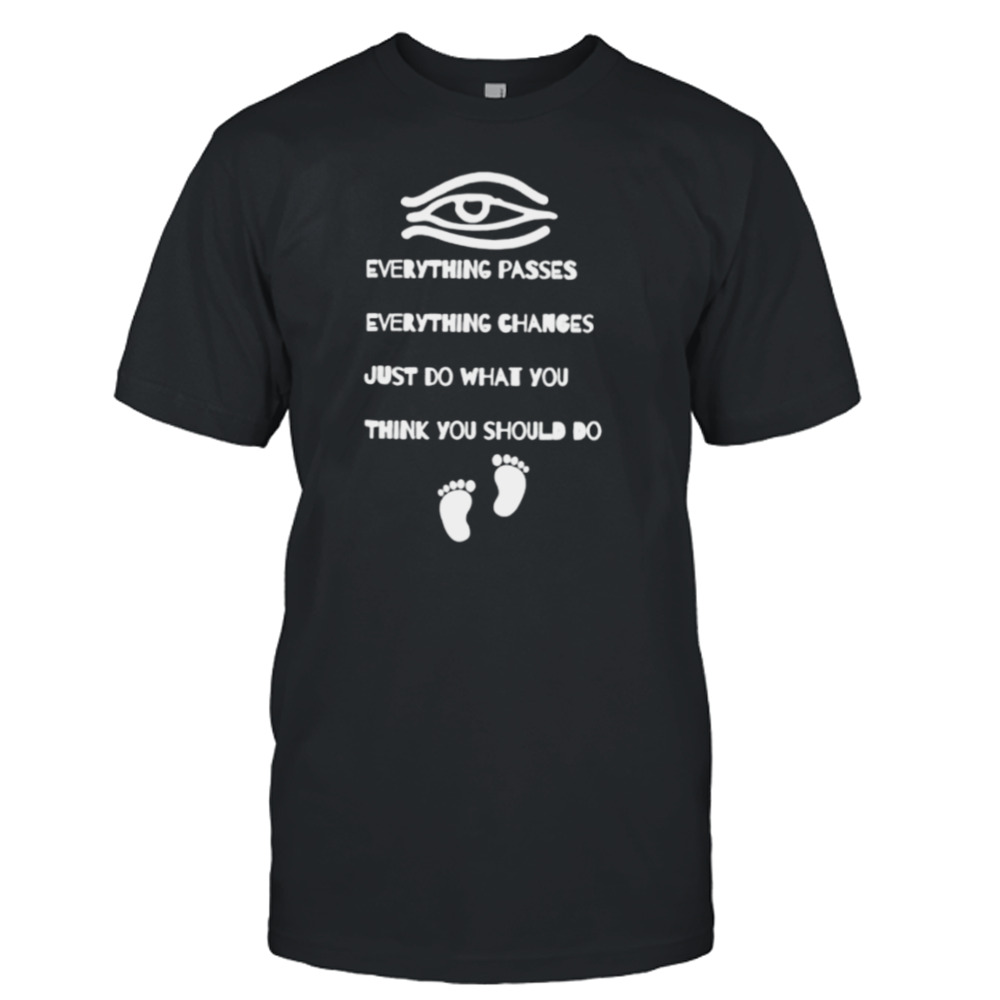

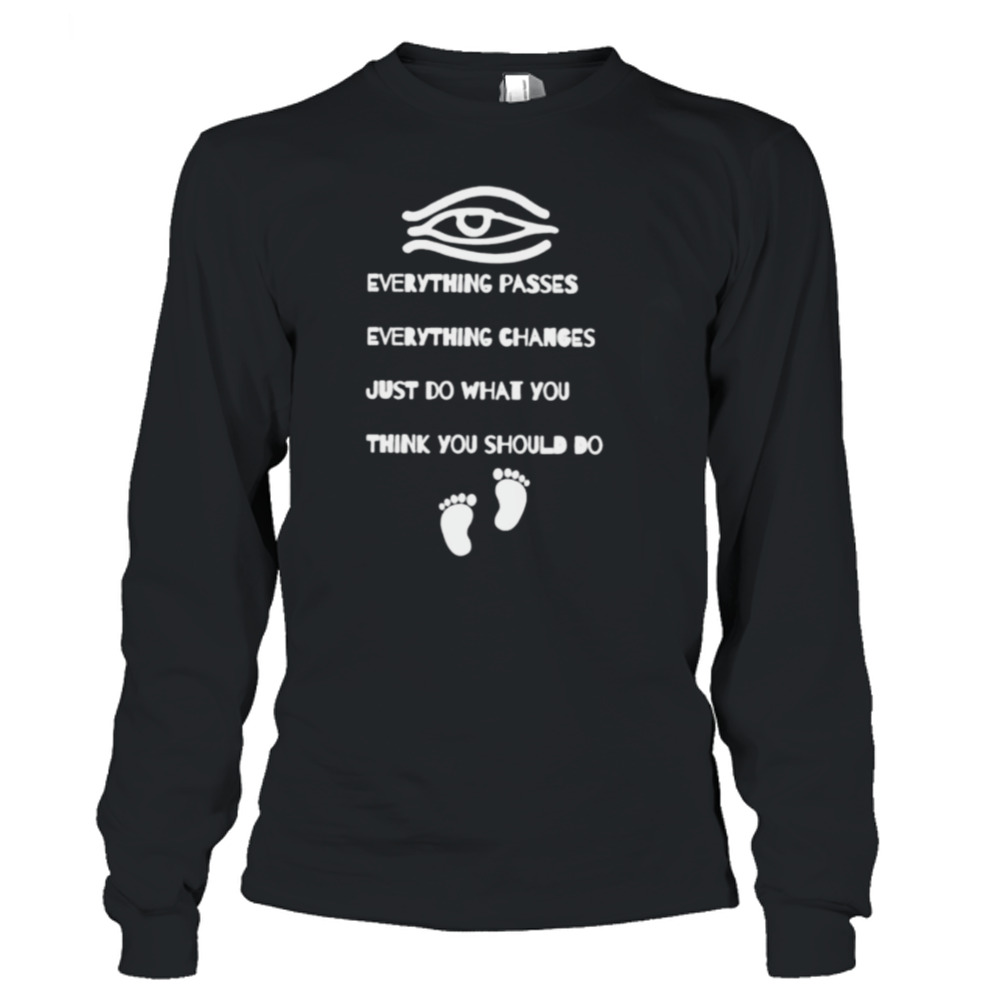

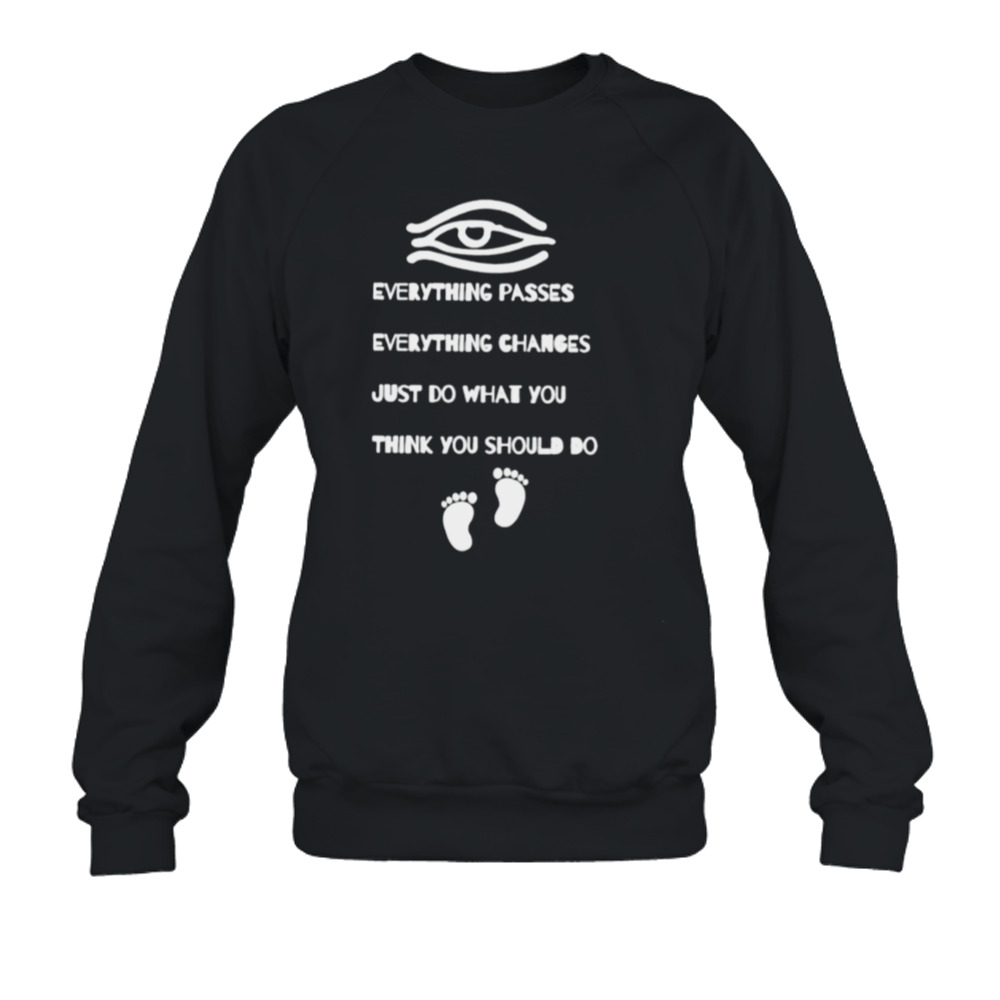
With printing everything passes everything changes just do what you think you shirt, the artwork is applied to the surface of the material using ink. A stencil is prepared and placed on a fine mesh screen and the ink is then pushed through to transfer the pattern. This process is repeated for each of the colours that make up the design until the picture is complete. It’s a traditional method, tried and tested, that has been around for centuries. Over time, the process has been modernised and automated to varying degrees. But it still requires knowledge, experience and skilled printers to get the best results. We have been printing custom clothing in London since the 70s. These days, our state of the art machines can produce 600 t-shirts an hour.
Be the first to review “everything passes everything changes just do what you think you shirt” Cancel reply
Related products
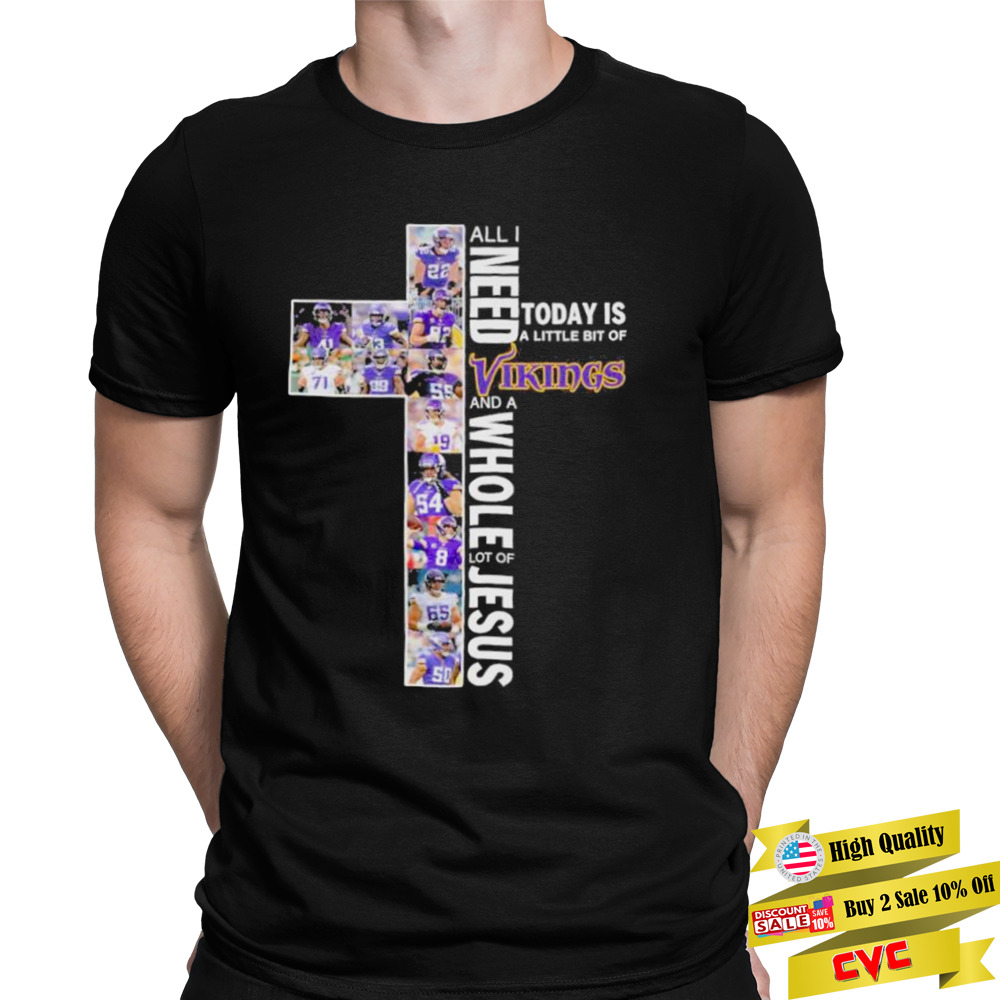
New t-shirt
2022 All I need to day is a little bit of Minnesota Vikings and a whole lot of Jesus shirt
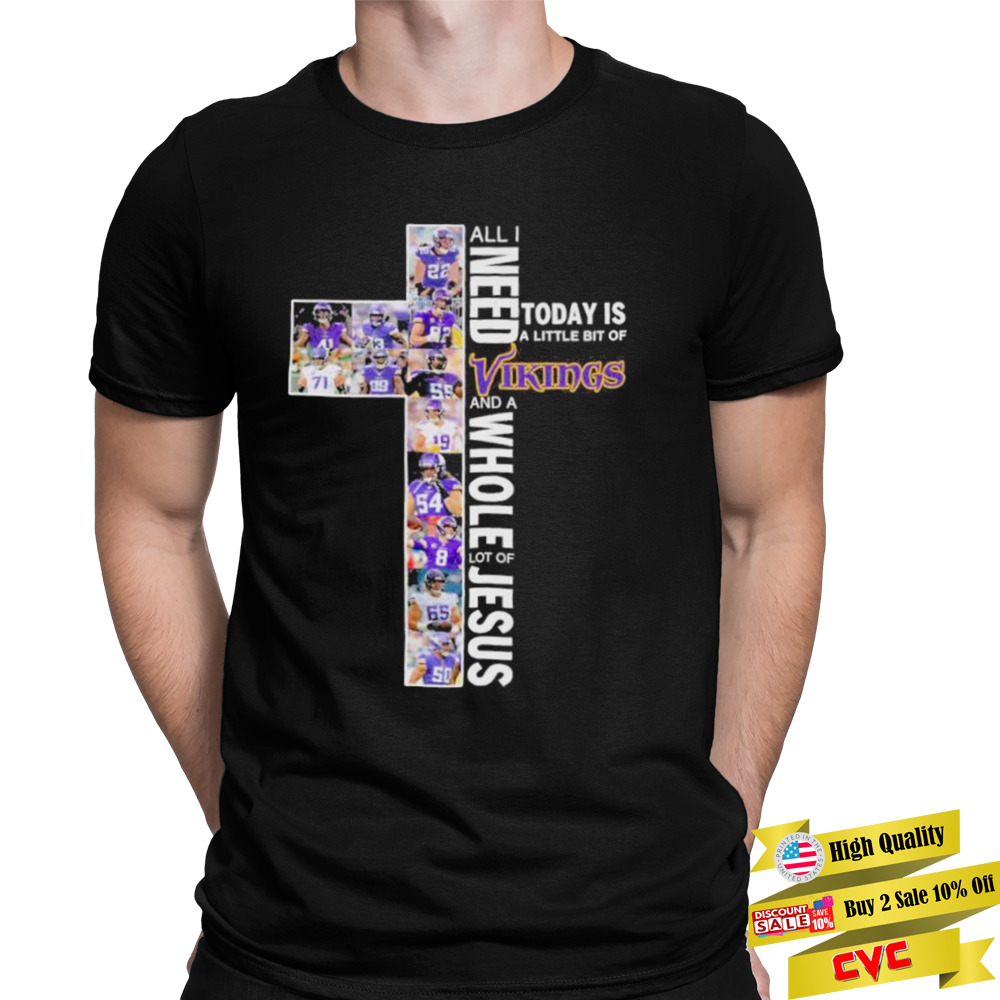
New t-shirt
2022 All I need to day is a little bit of Minnesota Vikings and a whole lot of Jesus shirt



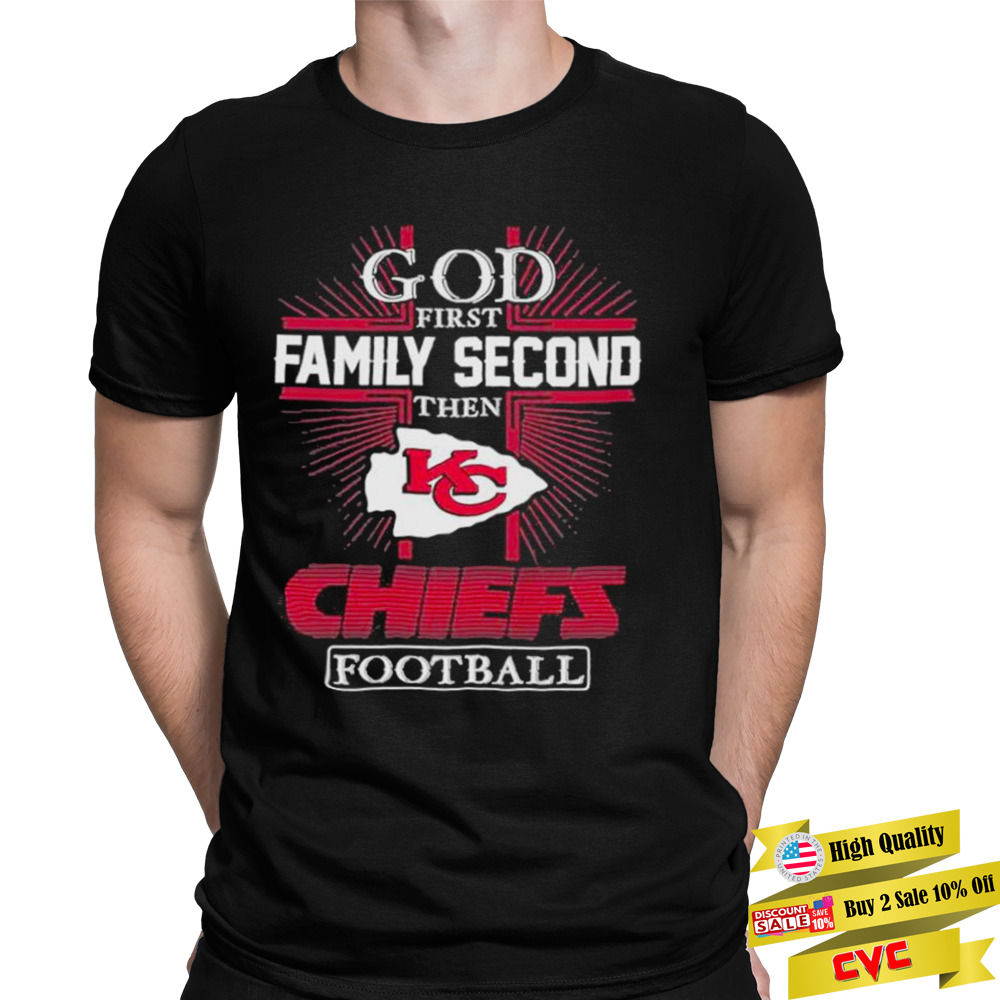
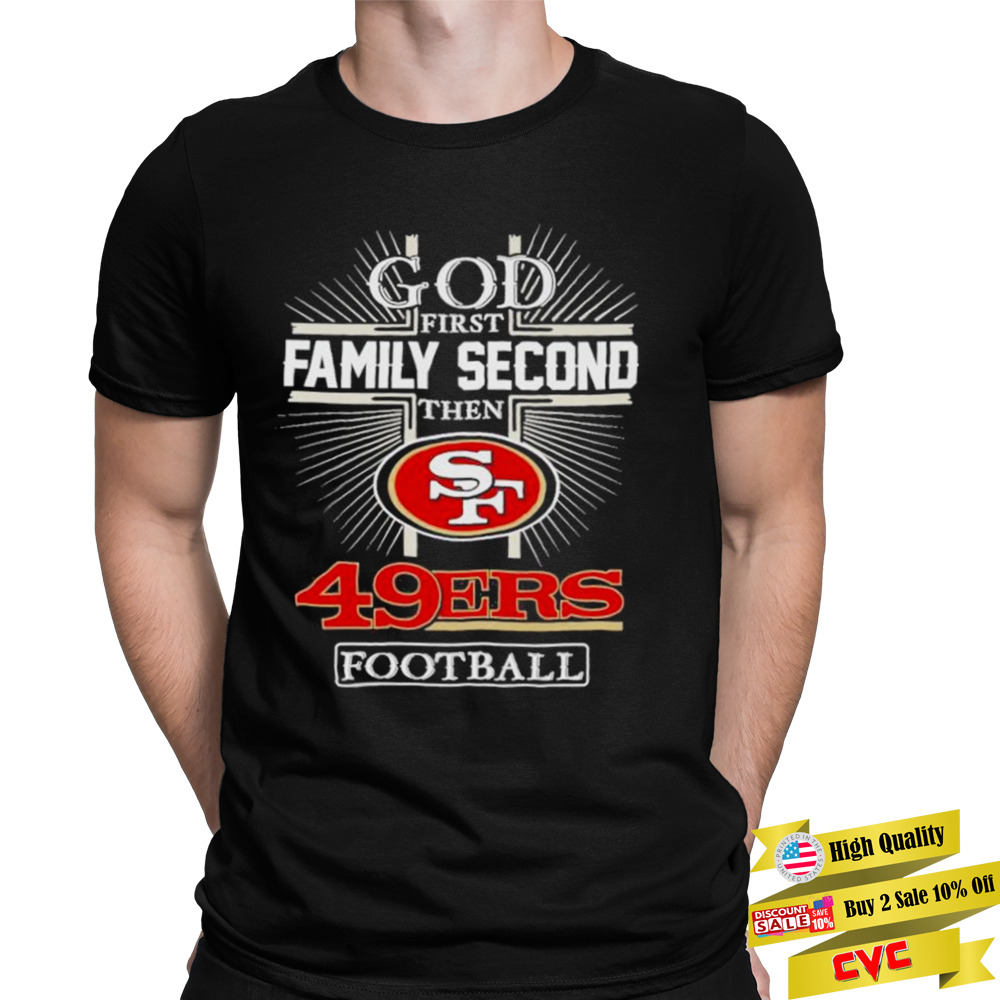
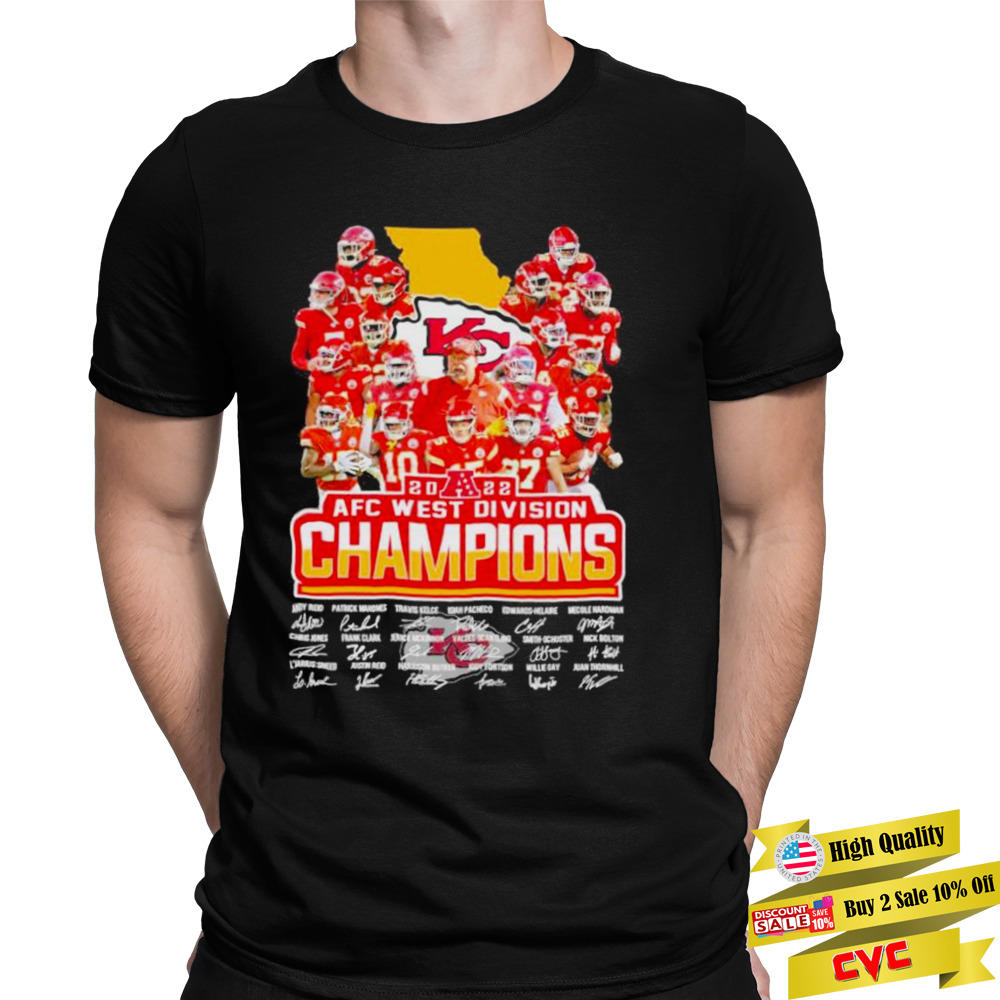
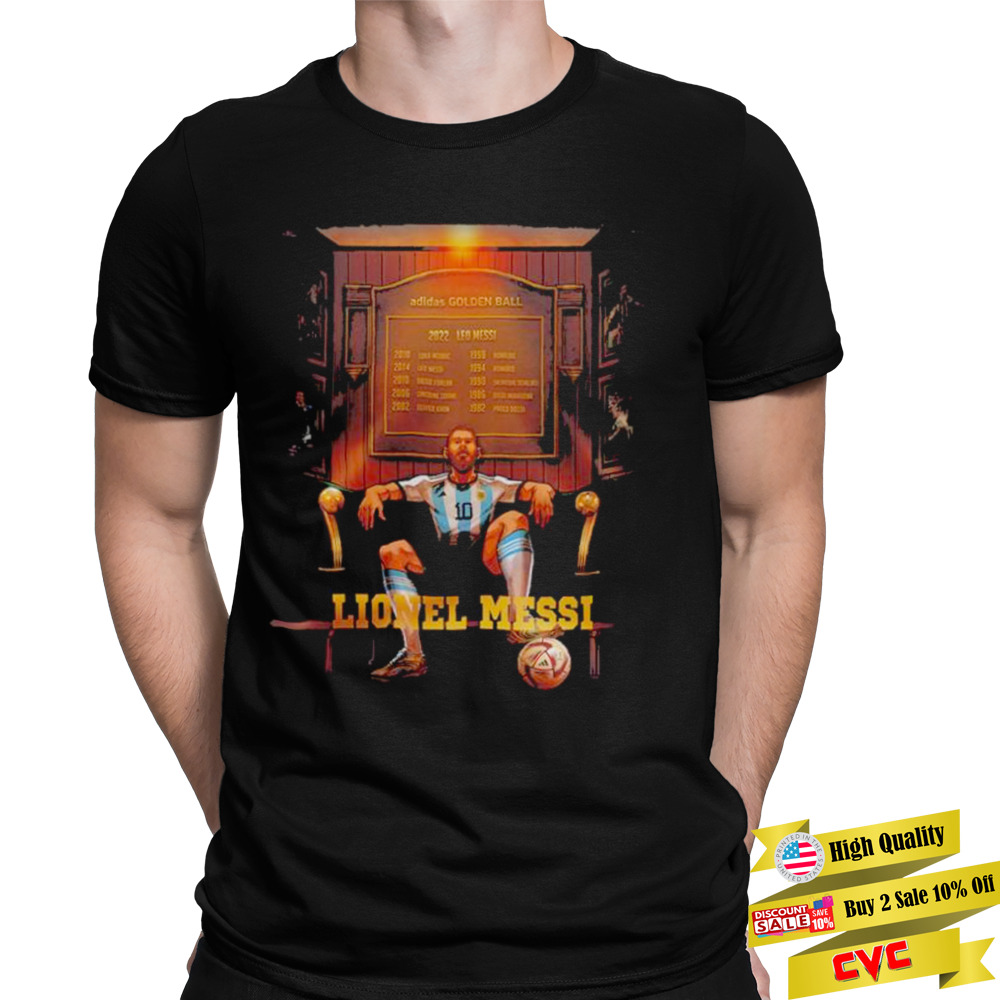

Reviews
There are no reviews yet.